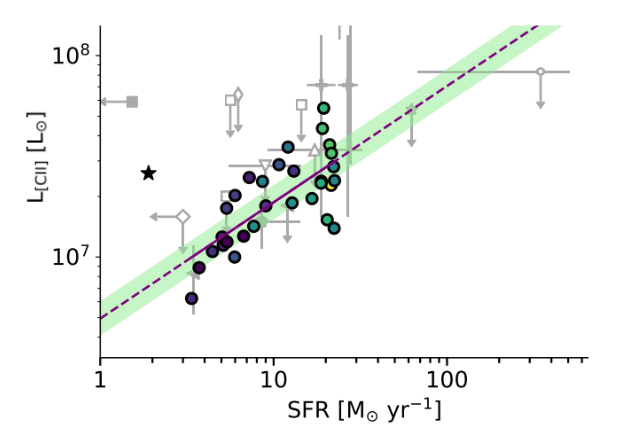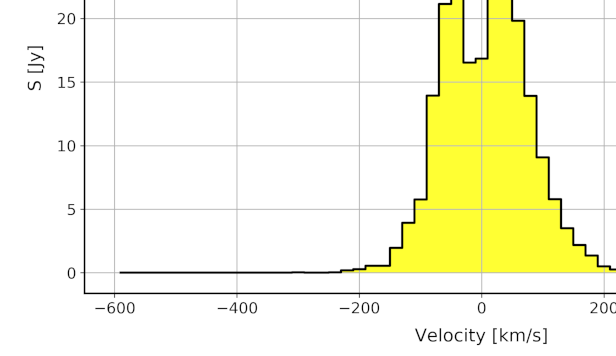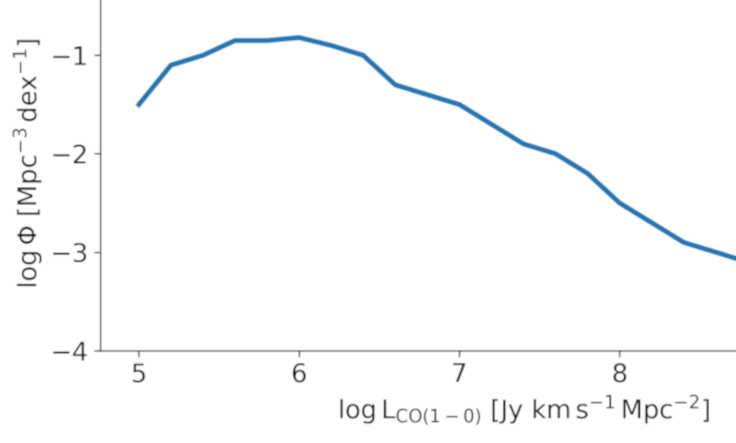SIGAME is a tool for astronomers to connect observations with
the underlying physics governing the evolution of galaxies.
In between millions of stars in a galaxy, lies the Interstellar Medium (ISM),
an important player in determining the future state of the galaxy;
Will the galaxy continue forming stars? Will the light from stars ionize the Intergalactic Medium?
... and many other questions!!
SIGAME uses galaxy evolution simulations together with photo-ionization models
to derive the millimeter (and sub-mm) emission from the ISM.
The output from SIGAME can be directly compared with observations.
Publications
Go to a full list of papers on or using SIGAME.
Gallery
See examples of what can be done with SIGAME.
News
Latest: David Vizgan receives the AAS Chambliss medal for his poster-presentation of work done with SIGAME!
Hey there! Are you a future user of developer of SIGAME?
We are always looking for more people to join our international team. All code is written in Python with collaboration via GitHub. Our team is a broad group of astronomers with varied backgrounds in observational and theoretical astrophysics.
Science questions
Some of the things we're interested in.

[CII]-SFR relation
Do models confirm observational evidence that [CII] luminosity tracks SFR at low redshift? Does a similar or different relation hold at high redshift, i.e. during the Epoch of Reionization?

Dynamics from line profiles
What dynamic information about a galaxy can be extracted from its line profile in the FIR?

Luminosity functions
How does the luminosity function of e.g. [CII] look according to models, and how does it evolve with different redshift?

Intensity mapping
Which FIR lines can we use to map the sky at high redshift? What can that kind of intensity mapping tell us about the circum and intergalactic medium (CGM and IGM)?